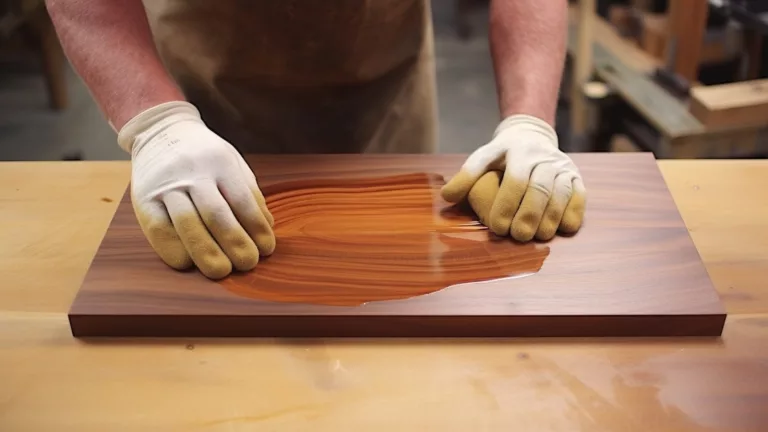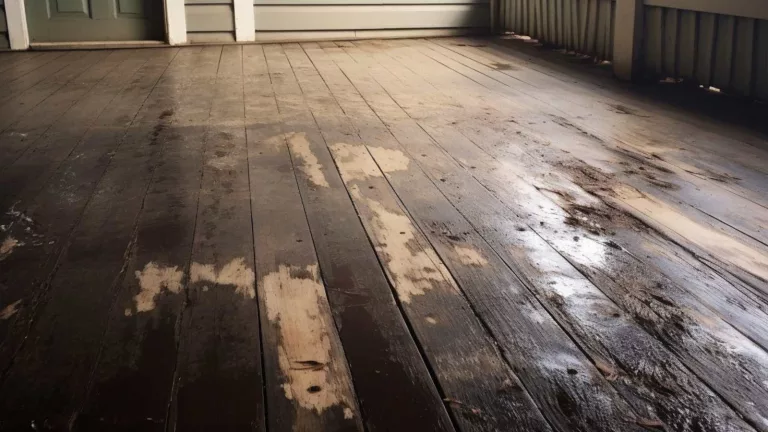Woodworking in an Apartment: A Comprehensive Guide to Crafting in Small Spaces

Summary
Maximize Space: Use creative organization and versatile tools in small areas.
Manage Noise: Opt for quieter tools and plan woodworking times thoughtfully.
Dust and Safety: Implement dust control and prioritize safety in your workspace.
Learn and Grow: Utilize online resources and practice to enhance skills.
Legal and Community Awareness: Respect lease terms and maintain good neighbor relations.
Embrace Challenges: View the constraints of apartment woodworking as opportunities for creativity and personal growth.
Woodworking in an apartment isn’t just about making do; it’s about redefining what’s possible in your personal crafting space. Yes, you’ll face hurdles like limited square footage and the need to keep noise levels neighbor-friendly. But, on the flip side, you’ll discover the joys of crafting unique pieces in your cozy corner of the world, where every inch of space has its own story and purpose.
In this section, we’ve just scratched the surface of apartment woodworking. But even from this brief overview, you can see how a small space doesn’t have to limit your woodworking dreams. It’s all about being smart with your space, considerate of your surroundings, and creative in your approach. Stay tuned as we dive deeper into this fascinating world!
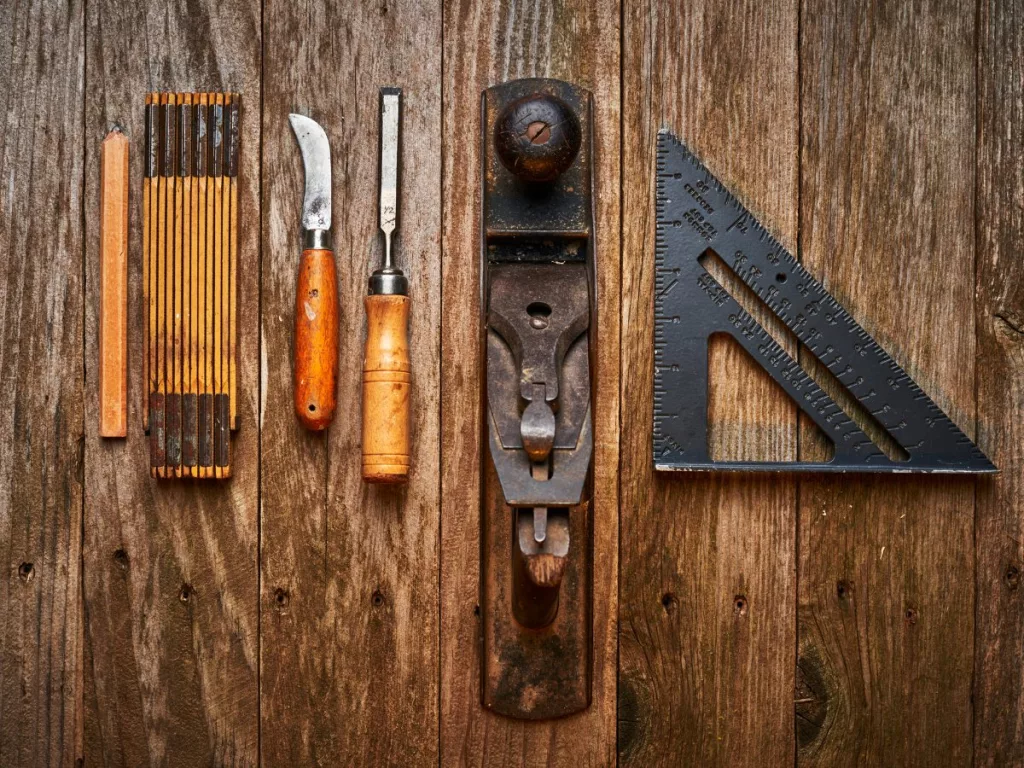
Basics of Apartment Woodworking
Space Management
Let’s talk about space – or the lack thereof. In an apartment, every square inch is precious. But with a bit of ingenuity, you can transform even the tiniest nook into a functional woodworking area. Start by decluttering and organizing.
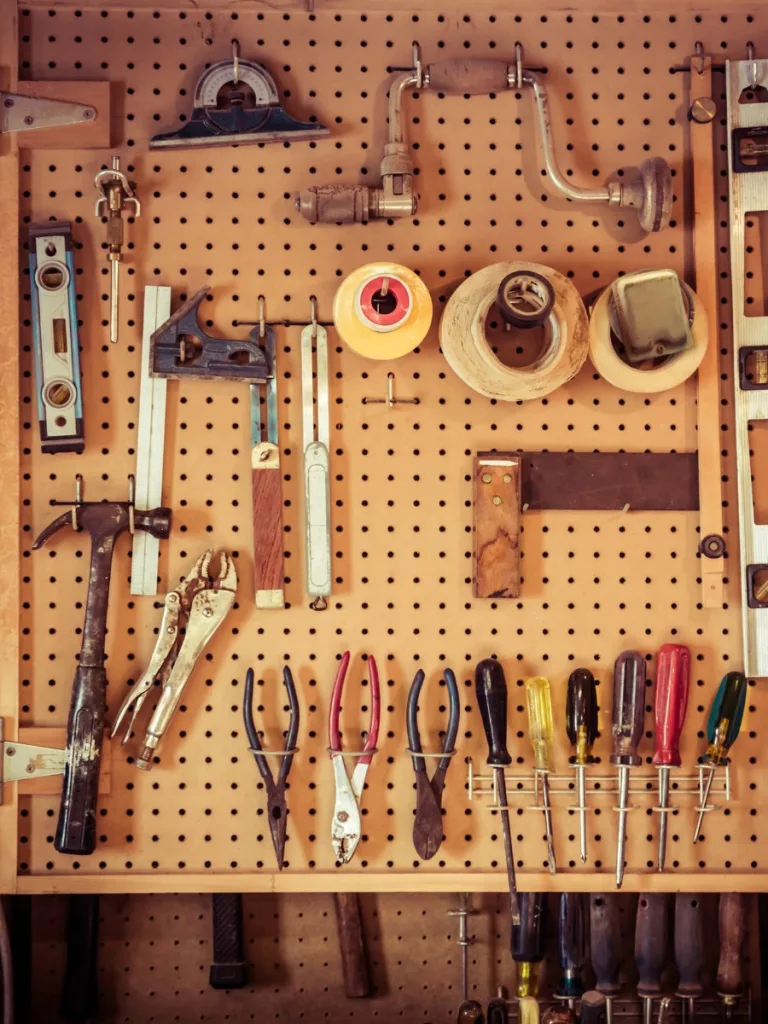
Space management is a primary task for working in small area. A clear space leads to a clear mind, and you’ll be surprised how much room you can free up with some thoughtful rearranging.
Focus on Tools
Next, focus on tools that are compact and multi-functional. Think of tools that can be folded and tucked away, or better yet, ones that serve multiple purposes. This approach not only saves space but also encourages you to think creatively about how you use each tool.
Noise Reduction Techniques
Now, let’s tackle the noise issue. Woodworking can be noisy, and in an apartment setting, that’s a big no-no. But there are ways to keep the peace.
Hand Tools Over Power Tools
First, consider using hand tools over power tools when possible. Not only are they quieter, but they also give you a more intimate, hands-on experience with your craft.
Hand tools are recommended over power tools
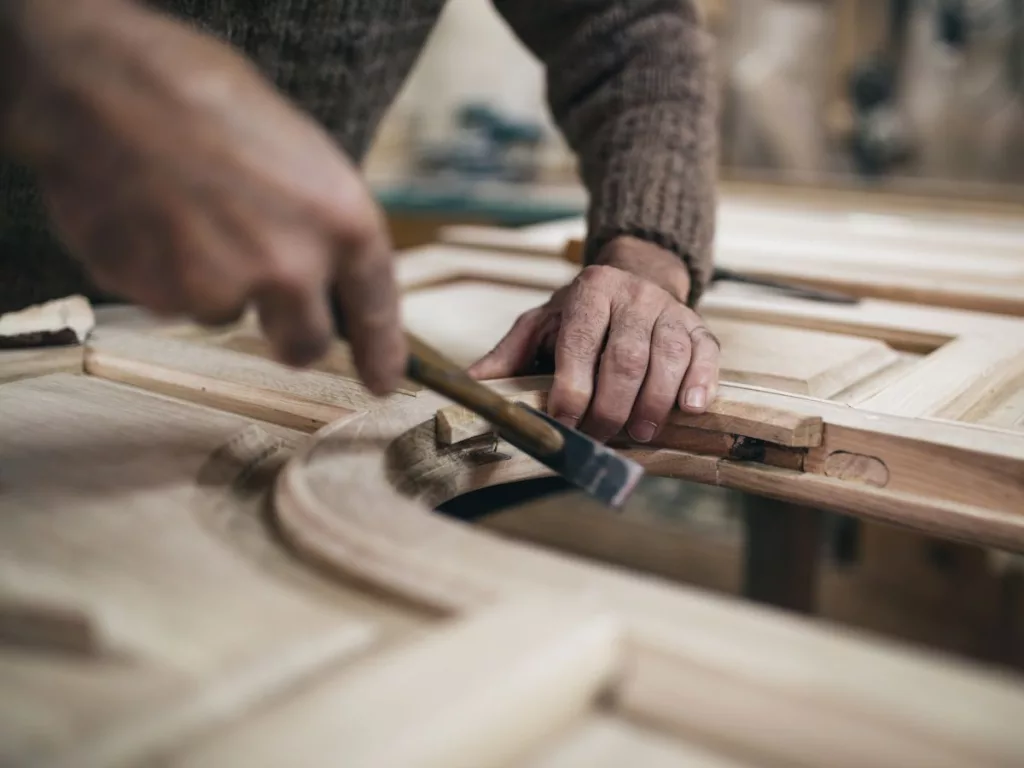
Timing
Timing is everything. Plan your noisier tasks for times when they’re least likely to disturb your neighbors – typically midday or early evening. It’s all about being considerate and finding that sweet spot in your schedule where you can hammer away without worry.
Noise Management
Effective noise management isn’t just about when you work; it’s also about how you work. Utilize noise-reducing techniques and tools, and consider adding soundproofing elements to your workspace, like rugs or foam panels, to minimize sound transmission.
Ensuring Quality and Safety in a Confined Space
Apartment woodworking is about doing it safely and sustainably, especially in a confined space. Let’s check how you can maintain quality and safety, ensuring your apartment remains a haven for both you and your craft.
Dust Management and Air Quality Control
First things first, let’s talk about dust. It’s not just a nuisance; it’s a health hazard. In the confined space of an apartment, managing dust and maintaining air quality is crucial.

Blowing saw dust creates more mess
- Invest in a quality dust mask and a vacuum cleaner with a HEPA filter for basic dust protection.
- Enhance dust control with creative DIY solutions, like a box fan with a furnace filter.
- Prioritize maintaining a clean workspace for both aesthetic and health reasons.
Safety Measures
Safety in a small space takes on a whole new meaning. You got to follow the following strictly.
- Understand and adapt to the limitations of your small workspace for safety.
- Be mindful of power tool cord placement to prevent tripping hazards.
- Familiarize yourself with your tools, including reading manuals and understanding their specific features.
- Regularly maintain your tools to ensure their safety and efficiency.
- Keep a first aid kit readily available in case of accidents.
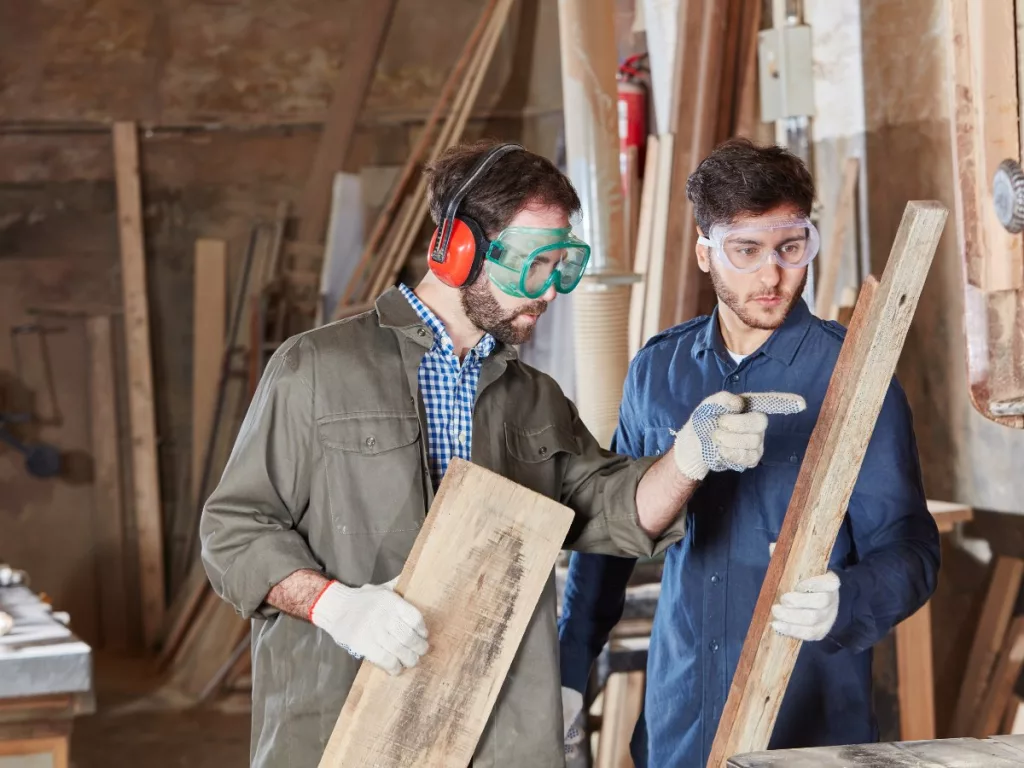
Advanced Tips
As you grow more comfortable with the basics, it’s time to elevate your woodworking game in your apartment.
Selecting the Right Projects
- Choose compact woodworking projects like wall-mounted shelves, folding desks, or stackable storage units to maximize space utility.
- Adapt larger project ideas to fit small spaces by breaking them into smaller, manageable components.
- This approach allows for a deeper focus on details and makes larger projects feasible in limited spaces.
Innovative Storage Solutions
In apartment woodworking, your creativity isn’t just reflected in your projects but also in how you store your materials and tools. Think vertical – use wall space for hanging tools or shelves. Magnetic strips can hold metal tools, saving precious drawer space.
And here’s a fun twist: make your storage solutions part of your woodworking projects. A custom-made tool cabinet or a modular shelving unit not only serves a practical purpose but also becomes a showcase of your craftsmanship.
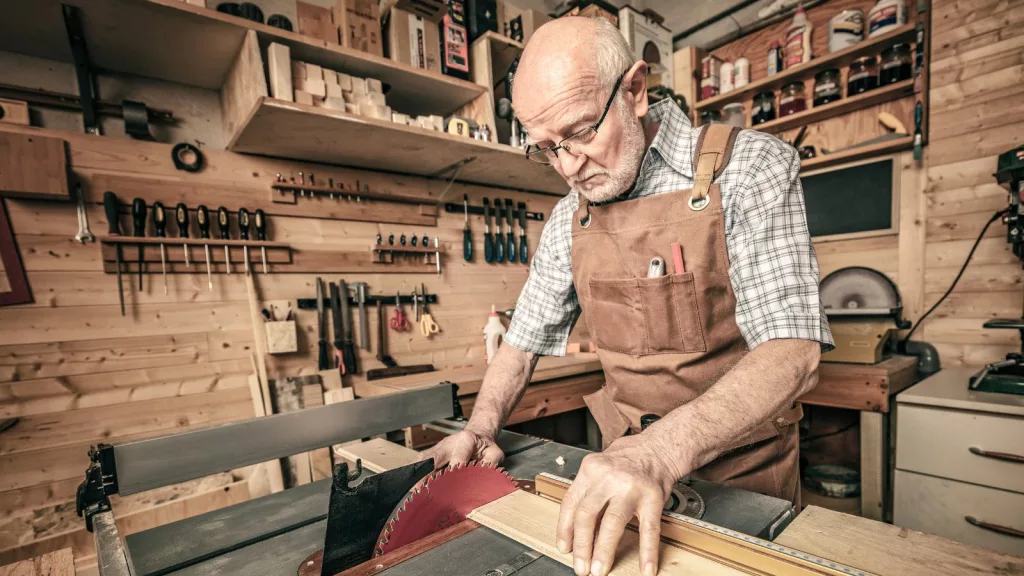
Building Expertise in Apartment Woodworking
Woodworking/carpentry in an apartment isn’t just a hobby; it’s an art form that requires skill, patience, and a bit of ingenuity. Let’s explore how you can build your expertise in this unique environment, drawing from the wisdom of those who’ve mastered the craft and utilizing resources tailored for small-space artisans.
Follow Experienced Apartment Woodworkers
- Learn from experienced apartment woodworkers through their blogs, podcasts, or YouTube channels.
- Engage with their stories for inspiration and practical advice on small-space woodworking.
- Join online woodworking forums or social media groups for a wealth of information and community support.
- Use these platforms to connect with fellow woodworkers, share experiences, and seek advice on techniques and tools.
Enhancing Skills with Limited Resources
Working within the constraints of an apartment means getting creative with how you learn and practice your craft.
- Utilize online courses and tutorials tailored for woodworking in small spaces, focusing on minimal tool use and space maximization.
- Regularly practice woodworking, even with limited resources, to enhance skills.
- Begin with small projects to build confidence, then progress to more complex tasks as your abilities improve.
This video shows how to utilize a tiny apartment’s space for woodworking, being a good tenant.
And don’t miss to watch this video on apartment woodworking as well.
Legal and Ethical Considerations
As an apartment woodworker, it’s crucial to be mindful of the legal and ethical aspects of your hobby. This ensures you can enjoy your craft without any unwelcome surprises.
Understanding Your Lease and Local Regulations
Before you start sawing and sanding, take a moment to review your lease agreement and understand any restrictions related to hobbies like woodworking. Some apartments may have rules about noise levels or using certain tools. It’s also wise to familiarize yourself with local regulations regarding noise and tool usage.
If you’re unsure, have a conversation with your landlord. Explain your hobby, the precautions you’ll take to minimize disturbances, and any safety measures you’ll implement. Being proactive in this conversation can prevent misunderstandings and build a foundation of trust.
Being a Considerate Neighbor
Maintaining a good relationship with your neighbors is key. Be upfront about your woodworking hobby and discuss potential noise concerns. Establishing specific hours for your more noisy activities can help avoid complaints and maintain harmony.
Conclusion
As we wrap up our journey through the nuances of apartment woodworking, let’s take a moment to reflect on the key insights we’ve gathered. Woodworking in your apartment is a testament to your creativity and adaptability. It’s about making the most of what you have, turning limitations into opportunities for innovation and growth.
FAQs
Can I woodwork in my apartment?
Yes, with space management and noise reduction strategies.
How do you have a workshop when you live in an apartment?
Utilize compact tools, efficient storage, and create a designated workspace area.
Is woodworking an expensive hobby?
It can be, depending on the tools and materials used, but there are budget-friendly options.
What are 5 things you should not do in the woodshop?
Don’t ignore safety gear.
Avoid working with dull tools.
Never leave power tools plugged in when not in use.
Don’t work without a clear plan.
Avoid clutter and poor organization.




